Your lawn is a key part of your property. It’s like the frame around a great photo. It enhances your curb appeal, giving you great, rich, green color and a lovely place to relax and play outdoors.
Your focus and goal is to keep your lawn growing healthy and thick, perfect for parties, hanging out, or just lounging in the sunshine. And if you want to throw the ball around with your kids or play fetch with Fido, it should be perfect for those activities, too.
While you’re looking at your grass and maybe filling in some bare spots, you might be wondering what type of grass you actually have. You might be asking yourself, “Do I have cool- or warm-season grass?” Or you might not even know there’s a difference.
Even if you don’t have the answers yet, asking the question is important. Understanding what type of grass you have can help you better care for your lawn and troubleshoot problems.
Let’s look at the difference between cool-season and warm-season grasses so you can find out what works best for your Northern Virginia lawn.
Key Difference Between Cool-Season and Warm-Season Grasses
Across the country, different grass species grow in different regions based on the local climates and growing conditions that suit them best. Growing a certain grass species in a region that doesn’t suit it will make that grass much harder to remain healthy and thrive.
There are two key types of grass types, as well as a transitional zone grass. They are cool-season and warm-season grasses.
A Deeper Look at Cool-Season Grasses
Generally speaking, cool-season grasses grow well in northern states or, more specifically, the upper two-thirds of the U.S. This area includes New England, the Upper Midwest, High Plains, Northern California, and the Pacific Northwest.
Cool-season vs. warm-season grass pushes top growth during the warming times of year, which tend to be March through June, and then they grow their roots as the weather starts to cool again from September through October. Once the soil freezes, cool-season grasses go dormant.
Some cool-season grasses you may have heard of include Kentucky bluegrass, perennial ryegrass, fine fescue, and tall fescue.
A Deeper Look at Warm-Season Grasses
Warm-season grasses, in contrast, like the weather conditions in the southern states best. These areas include the Gulf states, Southern Atlantic coastline, and Southern California where the air is salty and the soil is sandier. They thrive in temperatures between 75 degrees and 90 degrees Fahrenheit.
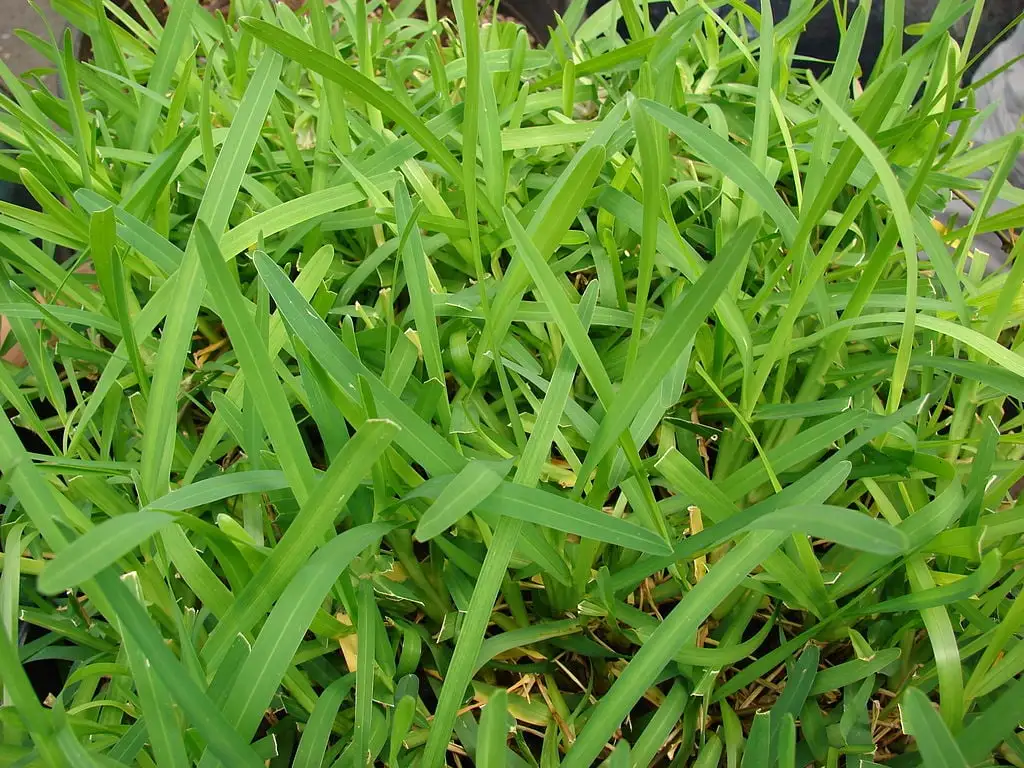
The difference between cool-season and warm-season grasses is that warm-season ones work better in sandier soils and have much higher drought tolerance, so they can take the extra heat. As tougher turf varieties, they can also handle traffic pretty well. But these grasses do not like the cold. This means if temperatures dip below 50 degrees Fahrenheit, these types of lawns turn brown. Some people who live in the southern U.S. will actually overseed with cool-season annual or perennial ryegrass in the winter after their warm-season grass turns brown to maintain a green lawn appearance all year long.
Some species of warm-season grasses you may have heard of include St. Augustine grass, Bermuda grass, centipede grass, zoysia grass, and bahia grass.
A Deeper Look at Transition Zone Grasses
The transition zone is the middle-third of the country. Yep, think of it like the middle child in a family. You might even think of it like the middle seat in the back of a car or on an airplane. So, maybe this zone is a bit more challenging when it comes to grass? Yep, you guessed it.
The transition zone is where the difference between cool season and warm season grasses matters a little less because they overlap. These areas are neither perfect for all cool-season grasses or all warm-season grasses because summers get too hot and winters get too cold.
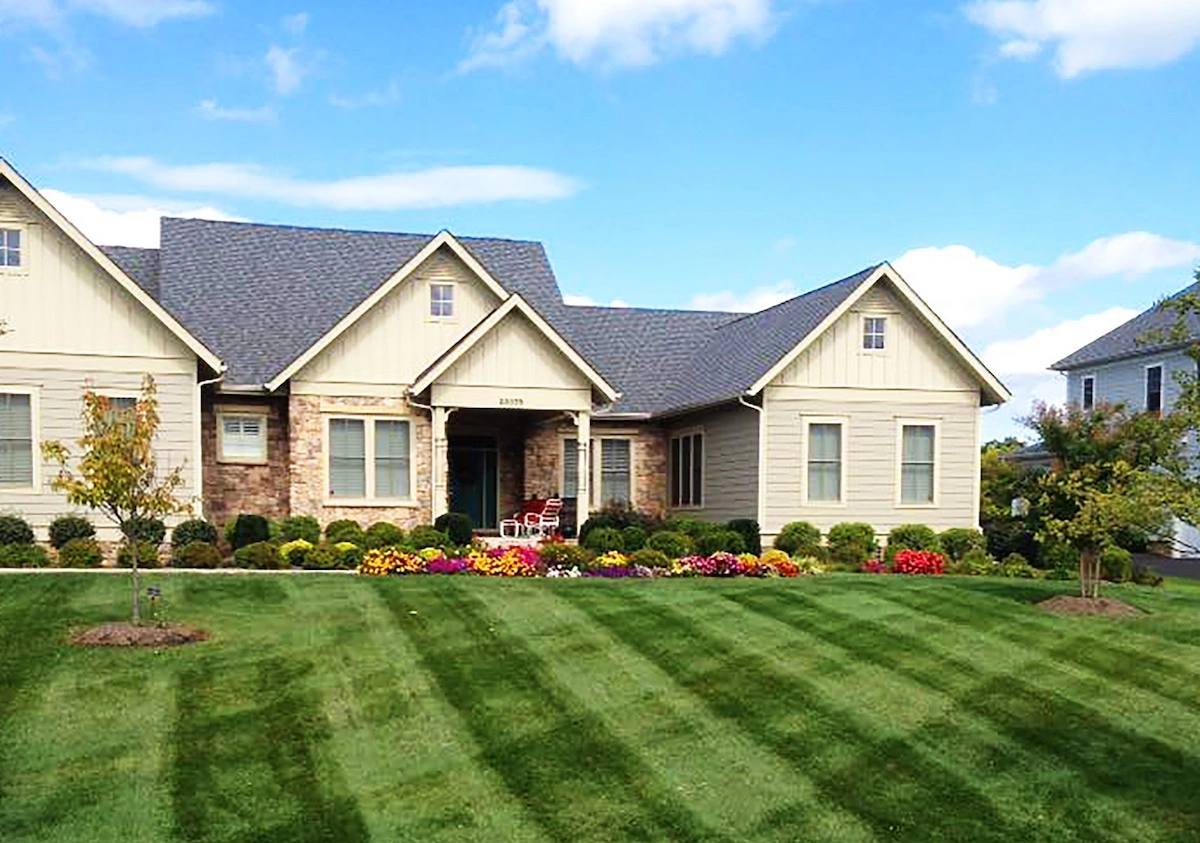
In these regions, you have to work with grasses that are on the fringes of the cool-season vs. warm-season grass categories, making it a bit more difficult to find the perfect match.
Living in Northern Virginia, where do you think you fall? That’s right, we’re in the transition zone. It’s an interesting place to grow grass!
Cool-Season vs. Warm-Season Grass in Northern Virginia
In Northern Virginia, a transition zone area, you have fewer options of grass species to choose from. While that’s part of the challenge, this also makes your job of choosing a grass species and identifying your grass species a bit easier.
Since the transition zone is too cool in the winter to maintain warm-season grasses and too warm in the summer, making growing cool-season grasses tough, you have to find grasses in each category that have some of the strengths of the other.
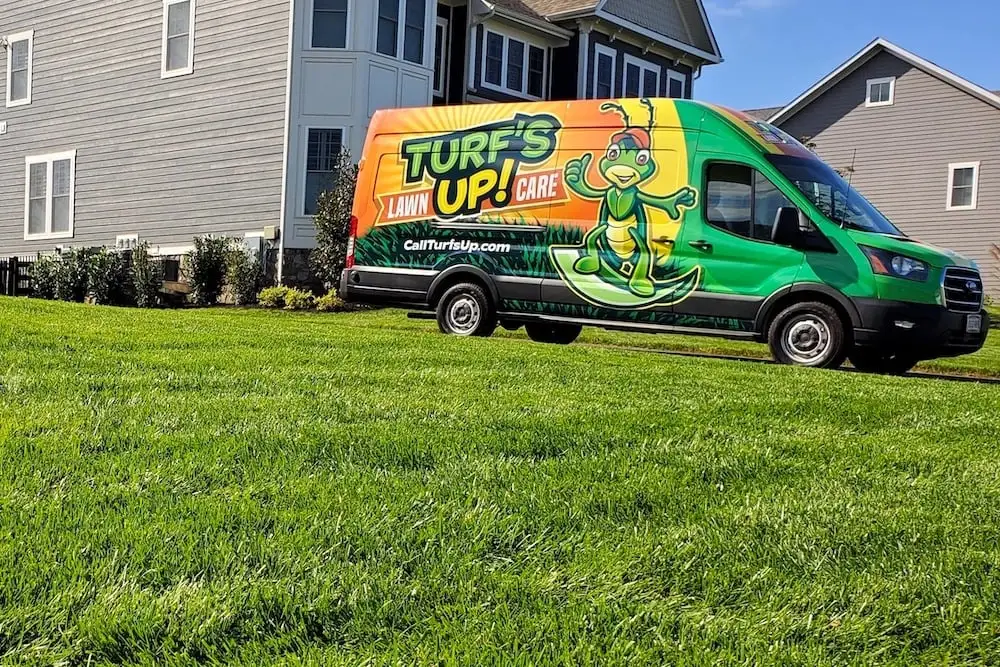
When it comes to cool-season vs. warm-season grass in Northern Virginia, your best bet is turf-type tall fescue.
This cool-season, bunch type grass is known for having a deeper root system, which gives it some staying power.
It also has higher heat and drought tolerance compared to other cool-season turf grasses.
The Grass Seed You Choose Matters
No matter what the differences between cool-season and warm-season grasses are, choosing quality turf seed is an essential part of the process.
The professionals at Turf’s Up choose top-rated, blue-tag fescue, which is ideally suited to Northern Virginia. Years of looking at key Virginia Tech research helps us pick the best seed, and this particular one we prefer – a commercial-grade, blended turf-type tall fescue created for maximizing performance – has proven to be top performer each year, with studies showing its vitality and sturdiness in our region.
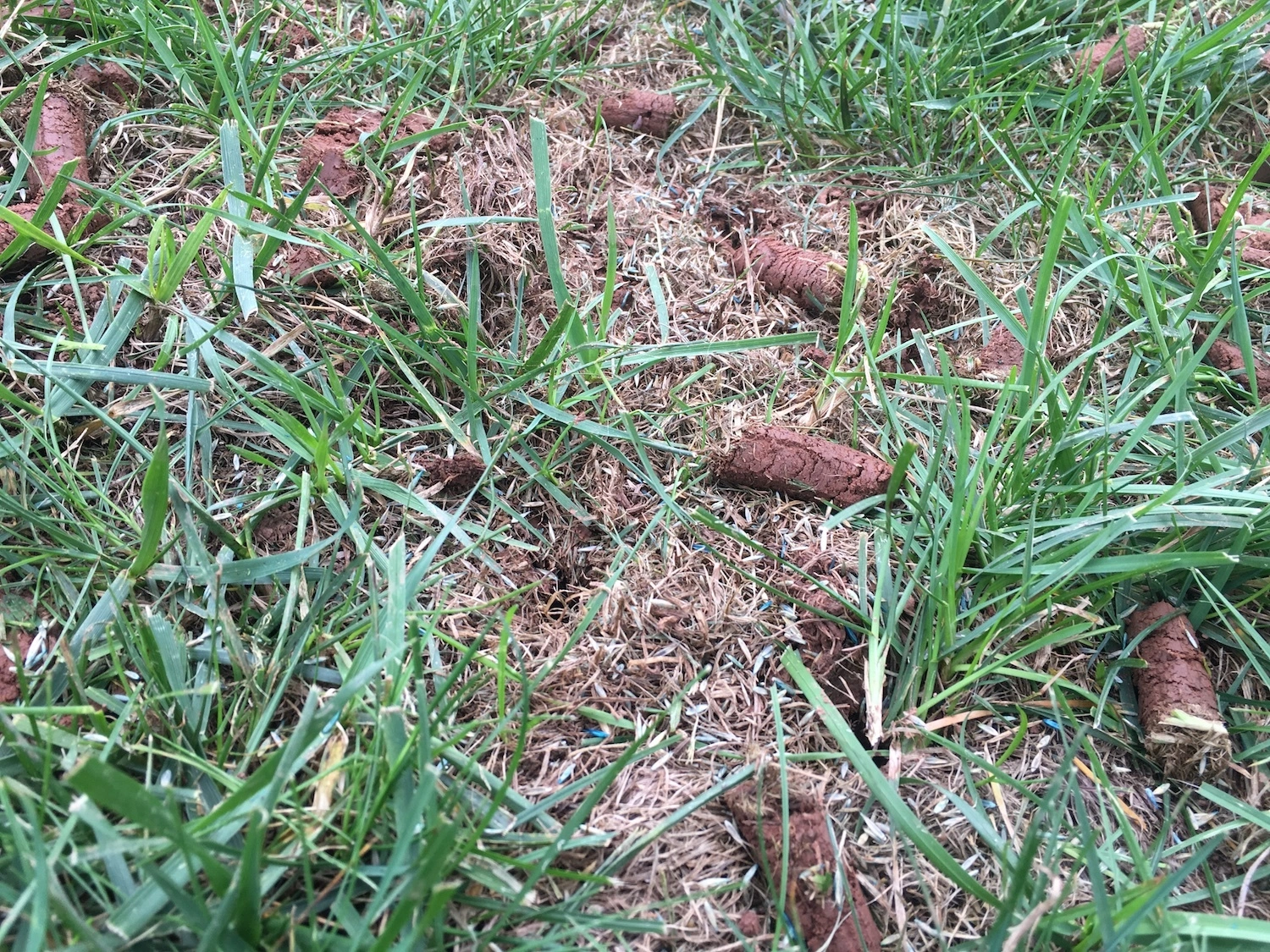
The term “blue tag” means it does not include weed seeds or filler, helping to limit weeds in your garden.
The grass we prefer is also coated with a beginner fertilizer to ensure quicker germination. While the average grass seed takes roughly 3 weeks to start growing, our preferred seed blend can start sprouting up in 1 week.
Grass Seed Timing Is Important, Too
When it comes to cool-season vs. warm-season grasses, seed timing is very important.
While you can seed in spring and fall, fall seeding usually has the edge. This cooler time of year is ideal for Northern Virginia lawns because the weather conditions are not too cold and not too hot, giving new grass seed the best chance to grow. And, once established, then it has some time again in spring to gain strength before summer stresses set in.
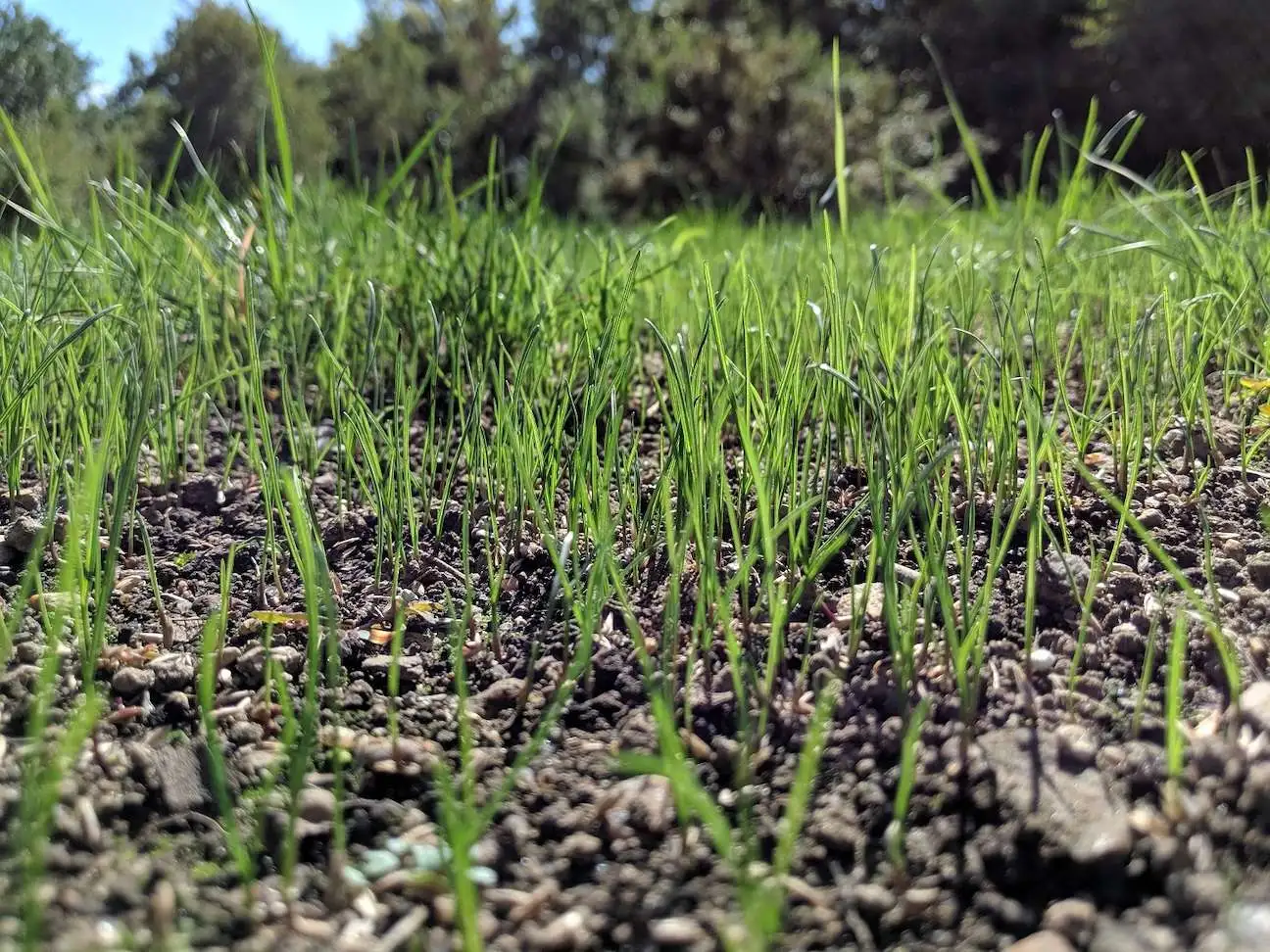
To give you a better sense of timing, autumn seeding timing is best done between September 1 and October 31. After November 1 is possible, but due to the rapidly dropping temperatures, slit seeding is a better way to do this later in the fall. This is a form of seeding that uses a slit seeder machine to make ½-inch to 1-inch slices in the ground with vertical blades in which to set the seeds in to encourage better seed-to-soil contact. This protects the seed from the colder weather.
Cool-Season vs. Warm-Season Grasses: You Have Choices in Northern Virginia
Since Northern Virginia is a transition zone area, you certainly have some options when choosing which grass to grow.
But in our extensive research, we find turf-type tall fescue to be the best one that gives you the sturdiest grass all year long, withstanding our cold winters and our hot summers, as well as drought and wear-and-tear.
When you ask yourself, “Do I have cool- or warm-season grass?” you might find yourself confused trying to identify or understand what grass is supposed to be in your yard or why what you currently have may not be performing well.
Let Turf’s Up help. You don’t want to find patchy grass or bare spots or issues because you chose the wrong grass for your area. You have enough stress on your plate. We can help you understand what grass type you have, what you can do to make your lawn look better, and we can even take on the tasks of repairing and renovating your lawn so you won’t even recognize it in a short time because you’ll be so impressed with its vibrant green color and thick, strong stand.
Our experts are waiting to help you get that lawn of your dreams – the one with great health that you love spending time in with your family and friends. We can create a custom lawn care plan for you to ensure your lawn thrives.
Ready to learn why Turf’s Up could be your totally awesome choice for lawn care services in Northern Virginia? We’re stoked to learn more about you and help you have the best lawn on the block. Get started today with a free quote. Together, we can prepare a customized plan that is perfect for you and your yard.
Image Source: St. Augustine Grass
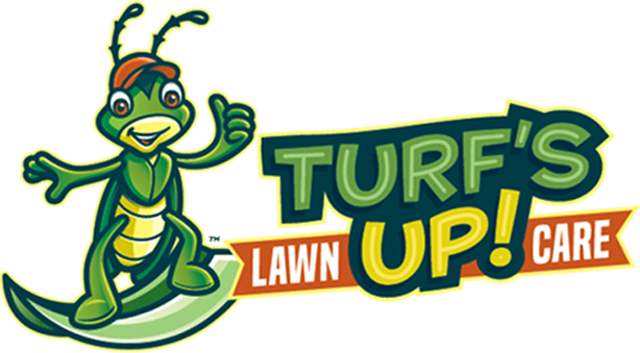
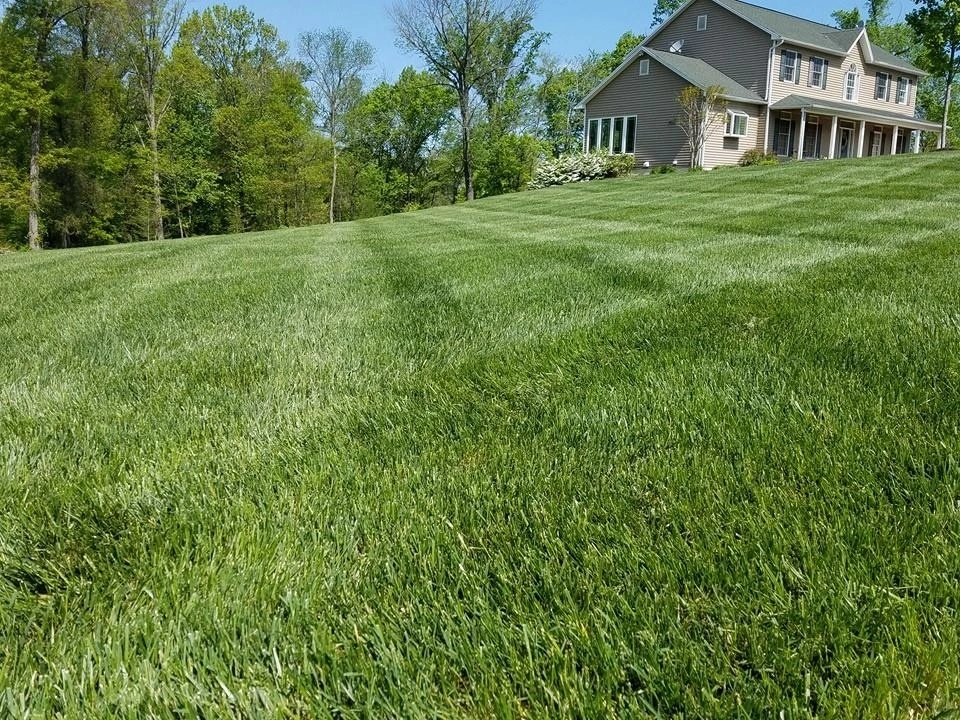




Comments (0)
Thanks for your comment!
Thanks for your feedback! Your comments have been successfully submitted! Please note, all comments require admin approval prior to display.
Error submitting comment!
There is a problem with your comment, please see below and try again.